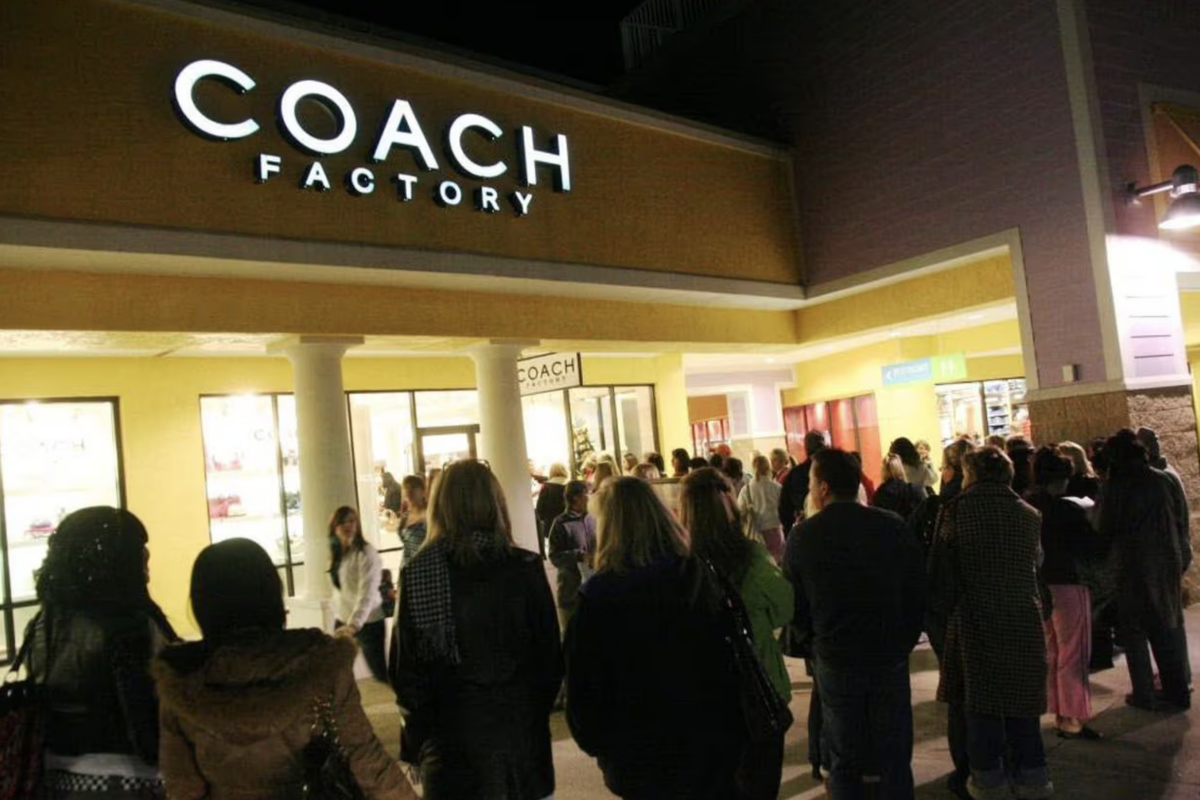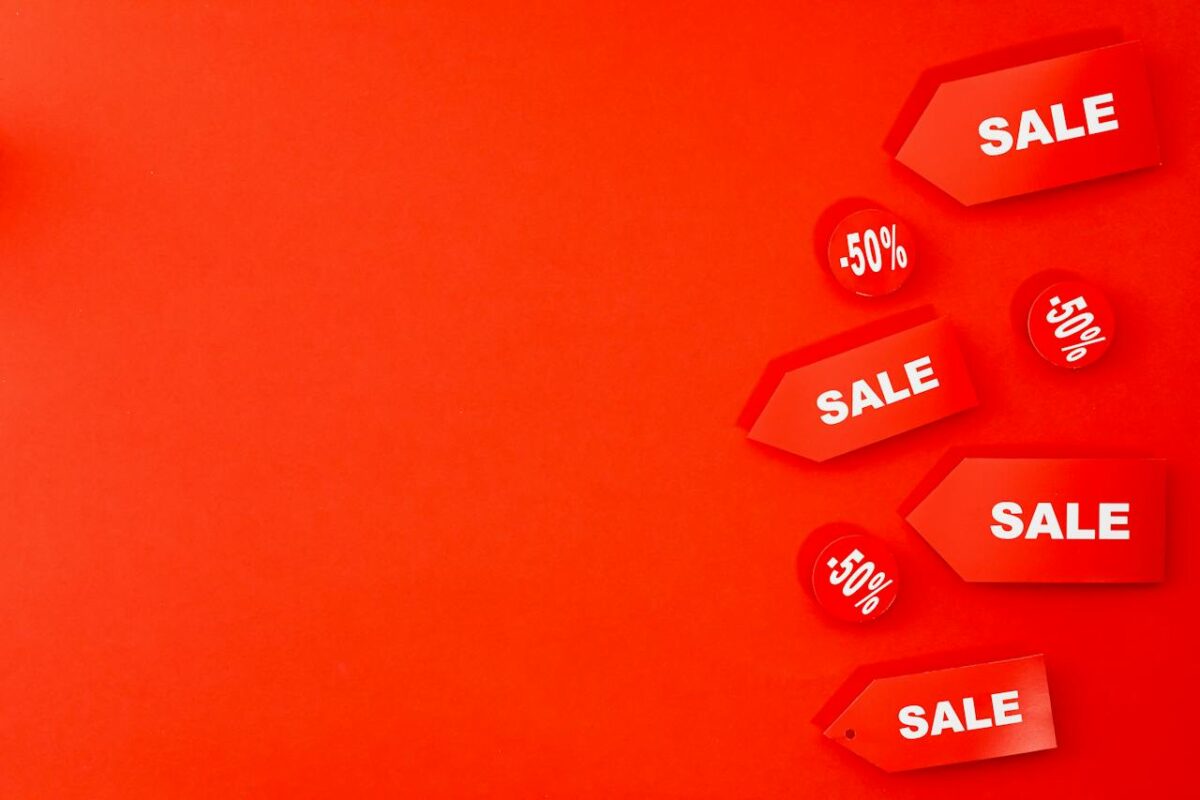We are in a global downturn, so luxury brands are screwed, right? Well, actually it depends on what kind of luxury brand you represent. For the past five years there have been two distinct types: old luxury and new luxury. It is more than just semantics – the latest set of sales results for 2007 reveal two very different stories.
The story of new luxury emerged five years ago when Boston Consulting Group partner Michael Silverstein and Bath & Body Works chief executive Neil Fiske published Trading Up: The New American Luxury, which identified a growing consumer trend. As middle-class consumers grew richer, they were trading up from traditional mainstream brands toward more luxurious offerings. Silverstein and Fiske also identified a number brands that had begun targeting this segment.
The star of the new luxury universe was Coach. The US handbag and accessories brand has had a stellar five years, with global revenues leaping from $500m to more than $3bn. Creative director Reed Krakoff criticized European luxury brands for being overpriced, and built Coach’s amazing sales growth on handbags with an average retail price of only $300.
Even some of the more established brands got in on the new luxury market. Burberry, in particular, has benefited from consumers looking to trade up. Former chief executive Rose-Marie Bravo repositioned Burberry around ‘accessible luxury,’ and the results spoke for themselves.
But the new luxury party is over. The middle-class consumer is under financial pressure and the first sacrifices are all the accessible luxury purchases that they made when times were good. Burberry sales were below target late last year. Coach, traditionally a strong Christmas performer, announced its same-store sales had dropped by 1% last quarter. ‘We are not immune to a slowing consumer environment,’ was Coach chief executive Lew Frankfort’s explanation. ‘Some of our customers traded down to lower-priced items.’
The only bright spot for Coach was a 13% increase in sales of their $400-plus handbags. ‘It is the middle class that is being hit, Frankfort said. ‘The truly upper-income consumer does not seem to be affected.’ This is the key lesson for luxury brands in 2008. Brands such as Burberry and Coach, which grew their business with accessible luxury during the boom years, are now in trouble. Old luxury brands that have maintained their price points, their exclusive positioning and their relationships with uber-rich customers are unlikely to be hit as hard.
At Tiffany, for example, the most disappointing sales figures in 2007 were not on £30,000 engagement rings, but jewellery priced between £500 and £5000.
However, Italian jeweller Bulgari, which does not have any entry-level products, had another bumper year in 2007. ‘From December sales, there is no clear message a slowdown has started,’ said chief executive Francesco Trapani. The story is very likely to be the same at old luxury houses such as Hermes and Chanel.
Selfridges, Harvey Nichols and other high-end retailers should expect a bifurcation of luxury demand in 2008. Old luxury brands that depend on small numbers of very high ticket sales will continue to prosper, as they have in the US. ‘Chanel to Loro Piana had extremely good business. We are cautiously optimistic about our inventory. High-end customers may slow and take a breather, but they don’t trade down,’ said Jim Gold, chief executive of US luxury retailer Bergdorf.
When times are good, everybody loves luxury. But when the going gets tough, only the middle-classes get going. Top-tier luxury consumers shrug, stick around and keep spending. That’s why we call it luxury – because they can do that kind of thing.
The Blake Project Can Help: Accelerate B2C and B2B Brand Growth Through Powerful Emotional Connections
Branding Strategy Insider is a service of The Blake Project: A strategic brand consultancy specializing in Brand Research, Brand Strategy, Brand Licensing and Brand Education





2 comments
Eamon
February 4, 2008 at 5:08 pm
Very interesting and useful article (have been searching the web, recently, for articles on the effect of economic decline on brands).
Julie, writer surefirewealth.com
February 6, 2008 at 3:59 am
It would be nice if we could all afford a little more luxury every now and then. It comes into a variety of interesting packages. From bags to jewelry to vacations. It’s also interesting to see how Coach managed to still get a sales increase in these times. Does it say something about the kind or product and the kind of brand it is?
Comments are closed.